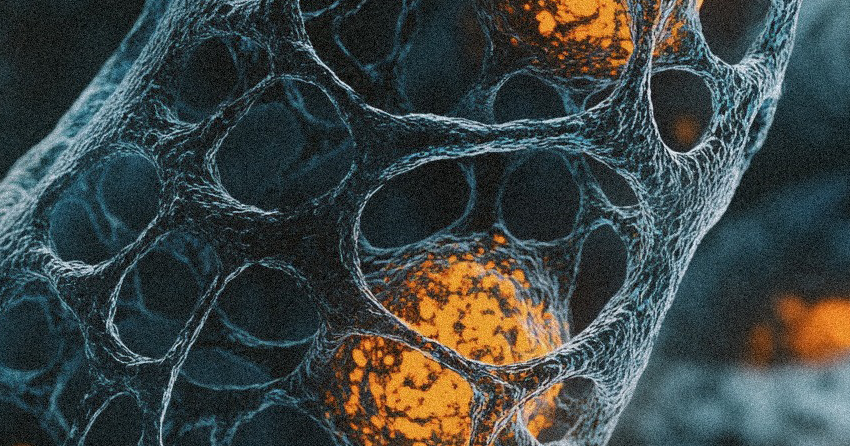The Interplay Between NAD Metabolism and Cellular Senescence

Cellular senescence is defined simply as the aging of cells; however, the full breadth of its complex biochemistry is still being discovered in laboratory and clinical research. As one of the twelve hallmarks of aging, cellular senescence plays a critical role in understanding–and potentially unlocking–the keys to longevity.
One of the major topics emerging today in cellular senescence research is its interplay with NAD+. NAD+ is a molecule involved in roughly half of the body’s biochemical processes and is thought to play a major role in healthy aging. NAD+ boosters have been shown in clinical studies to help improve cellular NAD+ levels, suggesting it may be more available for cells to use for vital pathways related to cellular energy and function.
A 2024 review by Chini and colleagues published in Aging Cell explores the potential relationship between cellular senescence, the NAD metabolome, and how they may impact the hallmarks of aging.
The intersection between NAD and cellular senescence may lie with the group of enzymes called PARPs. PARPs (poly ADP-ribose polymerase) help regulate epigenetics, gene expression, and DNA damage. They require NAD as a substrate and use up a significant amount of cellular NAD. This may lead to downstream consequences related to disruptions in cellular metabolism and energy or even cell death. While PARP activity is shown to increase with age, the inhibition of PARP activity in animal studies was observed to prevent NAD+ depletion and premature aging. NAD depletion and PARP activation induced by metabolic stress and DNA damage may be promoters of cellular senescence.
Another agent in the overlap between NAD and cellular senescence is CD38. CD38 is a major regulator of cellular NAD levels and is known as the primary “NADase.” It is expressed mostly on immune and endothelial cells in response to certain stressors. CD38 is involved in the modulation of tissue NAD+ levels and also uses up intracellular NAD+. While it has this dual role in the cell, the net effect of CD38 activity is thought to result in an overall decrease in the NAD pool.
Senescent cells release SASPs (senescence-associated secretory phenotype) that interfere with many cellular processes. SASPs increase CD38 expression in certain cells, such as immune and endothelial cells, that neighbor senescent cells, suggesting a relationship between senescence and NAD metabolism.
The discussion of PARP inhibition is one emerging topic in the field of cellular senescence research. Certain botanicals and micronutrients such as fisetin are thought to influence PARP activity.
While more research is needed, the authors suggest that senolytics may play a role in the NAD metabolome and healthy aging. Senolytic agents are molecules that address cellular senescence; examples include fisetin and quercetin–phytochemicals found in many fruits and vegetables including onions, strawberries, and leafy greens.
Key Takeaway:
- NAD levels may directly influence cellular senescence
- Boosting cellular NAD levels through diet or supplementation may support the body’s response to cellular senescence alongside the 12 hallmarks of aging*
—-
* These statements have not been evaluated by the Food and Drug Administration. This product is not intended to diagnose, treat, cure, or prevent any disease.





